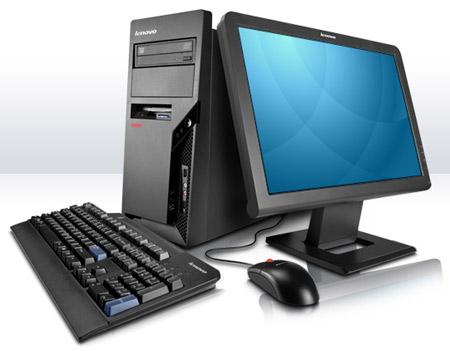Notebook Cooling Pads and Laptop Coolers – What You Need to Know Before Buying
 Before buying a laptop or notebook you’ll want to think about the means at which to cool it to ensure the longest life possible from your expensive purchase. The name ‘Laptop’ may imply that you can use it on your lap but this is probably the worst thing possible for it as it can suck up unwanted dust and particles from your clothes. Once these particles have been sucked up, over time, this can lead to the overheating and eventual slow down of your notebook.
Before buying a laptop or notebook you’ll want to think about the means at which to cool it to ensure the longest life possible from your expensive purchase. The name ‘Laptop’ may imply that you can use it on your lap but this is probably the worst thing possible for it as it can suck up unwanted dust and particles from your clothes. Once these particles have been sucked up, over time, this can lead to the overheating and eventual slow down of your notebook.
A cooling pad will reduce the amount of dust that is being sucked up from your clothes by forming a barrier between your laptop and your dust-rich clothes. With the inclusion of fans as well this will mean your laptop will stay as cool as possible while in use.
A laptop cooler will come in a variety of designs, shapes and sizes. Choosing the right one could mean the difference between a Cool and Quiet laptop or a toasty loud notebook.
The following article is a guideline to show what to look out for in a cooling pad prior to buying.
1. Dimensions – The first thing to consider when looking for a prospective laptop and notebook cooler are the dimensions. You’ll want to pick a cooler which is designed for your specific sized notebook. Failure to adhere to the sizing rule may mean that you laptop will overheat and slowdown.
Always check your notebook dimensions (Width x Depth). Most notebook cooler retailers will have a size guide based upon the dimensions W x D x H. In most cases you could ignore the height as this will not have an impact on its cooling performance. Concentrate on getting a cooling pad which is the same size, or larger than, your current laptop size.
2. Noise Level – You’ll also want to concentrate on the noise level of your laptop cooler as the last thing you need is your notebook being cool and quiet but your cooling pad sounding like a wind tunnel!
For this reason always look out fo the decibel range (measured in dBA). Look out for the lowest numbers as lower is better. As a good reference the average home has a background noise of 50 dBA.
3. Fan Speed – Laptop and Notebook Cooler fans are used to cool your laptop from underneath. The faster the fan speed, the more air that is pushed through to your laptop meaning the more cooling of your device. Bear in mind though that the higher the RPM of the fans normally means a higher noise level. You’ll want a cooler which has as high an RPM fan as possible but with a low dBA level too. Sometimes you may have to compromise between the two.
4. Price – Okay so price shouldn’t really be a factor when shopping for a notebook cooler but as we all know money doesn’t grow on trees.
Expect to pay approximately A�30-50 for a good laptop cooling pad. I say ‘good’ as you can buy some over-priced cooler which doesn’t do the job adequately.









